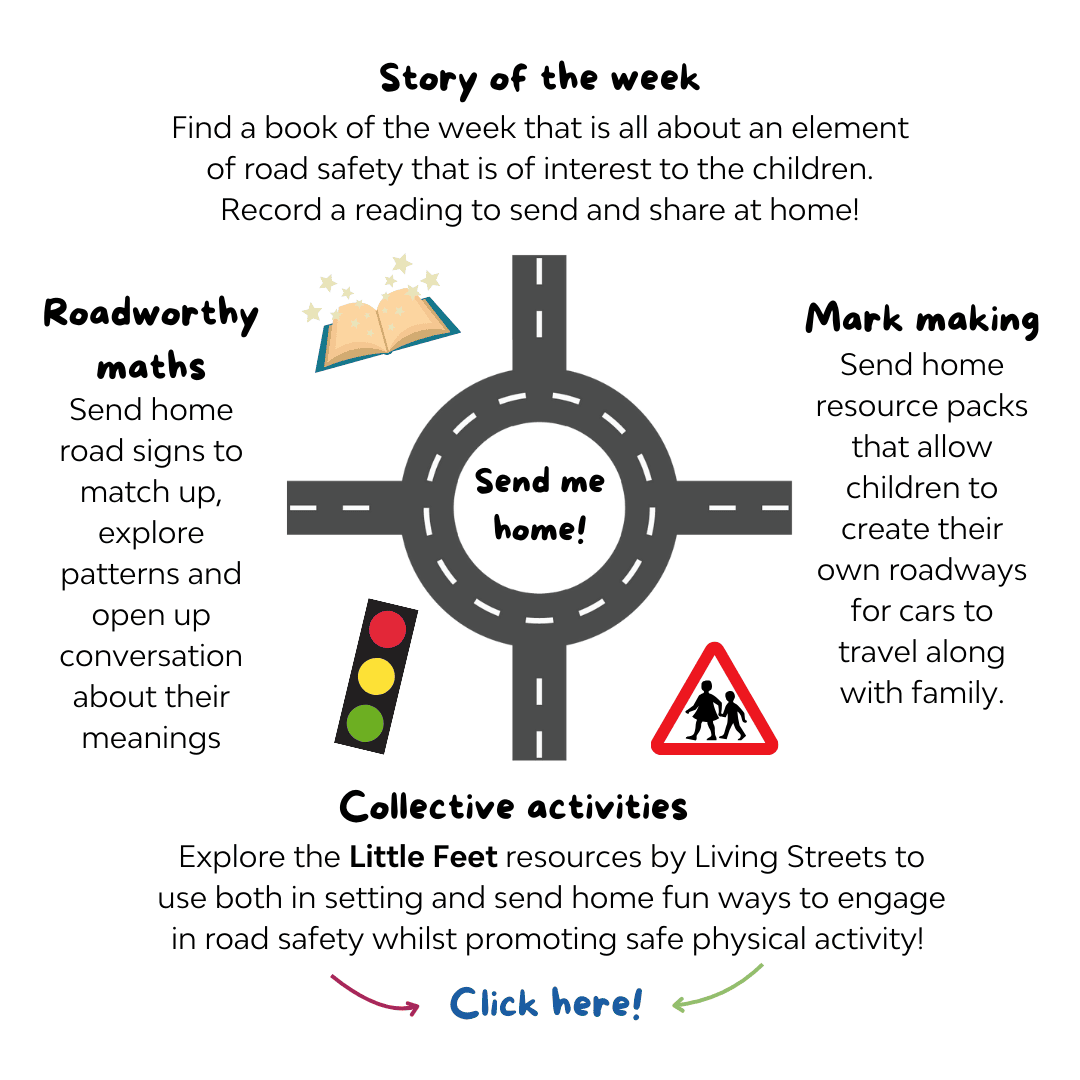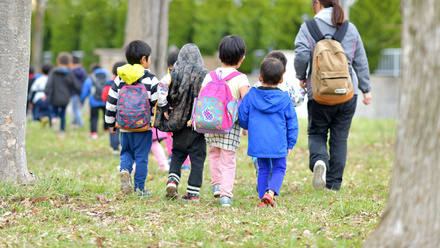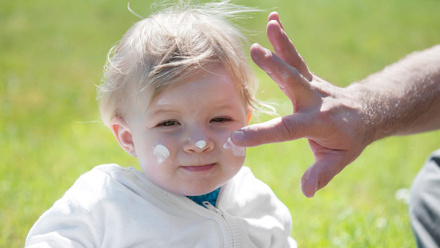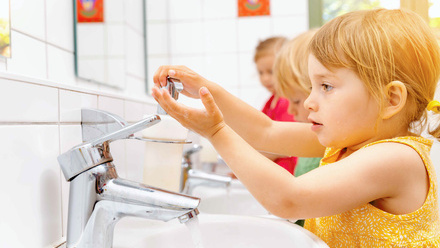Promoting road safety in the early years
As with all aspects of safety when working with young children and babies, road safety is something we need to take seriously. As professionals with a duty of care to young children, it is our first priority to ensure a safe and secure environment for those in our care but there will always be times when our responsibilities increase and risks are heightened, such as when we take children off site, perhaps for a local walk or on a day trip. On such occasions our risk assessments will need to be detailed and include specific reference to off-site factors, including road safety considerations.
But our vigilance for road safety isn’t only limited to the times we venture out to explore! Whether or not we are taking children ‘off-site’, we need to be mindful of road safety in daily practice too:
- Consider the proximity of your setting’s entrance to any car parks and main roads. If a gate is in place, ensure staff, parents and carers close it after use.
- Encourage parents, carers, visitors and neighbours, to park with due care and consideration. Make road users aware that children are in the area.
- Work closely with parents and carers to ensure that we are working together to keep our children safe and aware whilst travelling on and around the roads.
Road safety responsibilities
No matter how old the children in our care are, it’s never too early to draw their attention and awareness to roads and vehicles, and to start having conversations about them. Using toy cars and vehicles we can engage in small world and role play activities that allow us to draw attention to being safe on the roads. Familiarising children with road signs, such as traffic lights and pedestrian crossings, can be a great way to allow children to explore colours and shapes in a practical way, enhancing their understanding of the roads at the same time. Fiction and non-fiction books can also prompt conversations about road safety by thinking about the different vehicles we might see or following a story that encourages children to spot dangers along the way.
Road safety becomes a paramount consideration when we take children off site and it is crucial that every member of staff is aware of all your setting’s relevant policies and procedures are followed, and to ensure that any risks and hazards relating to road safety are carefully considered within risk assessments. These risk assessments must be shared with, and understood by, all staff and any volunteers who will be involved in the off-site visit. Any key points and aspects to share with the children should also be sensitively communicated to them, where relevant, such as the importance of good listening and staying with your group.
Aspects to consider:
- Babies and toddlers travelling in buggies or prams must be securely strapped in.
- High visibility jackets are recommended for all children, but especially toddlers and young children who will be walking with an adult.
- The correct adult: child ratio must be adhered to whilst offsite. It’s also advised that these ratios are over-staffed where possible to deal with any issues.
- Adults should hold hands with any toddlers and young children who are walking.
- Adults should always walk on the kerb side, encouraging children to keep away from the road.
- Particular caution should be made when crossing roads, driveways and in or around car parks.
- If travelling in a vehicle, ensure suitable car seats are used where required, and that any harnesses or seatbelts are fully fastened and secure.
- Ensure any vehicles being used to transport children whilst in your care are fully road safe with up-to-date MOT and appropriate valid insurance.
Communicating with parents and carers
It’s always important to keep parents and carers up to date with what we’ve been learning about in our settings, so take the opportunity to keep them informed about the conversations you’ve been having about road safety. This not only enables parents and carers to think about aspects of road safety they may not have previously considered but should also prompt them to continue this learning journey, beyond the setting. It also allows families to consider the conversations that are unique to their environment, such as whether they live on a busy road, or have a driveway, whether they themselves are a road-user, or use public transport to get about.

Promoting road safety
Encourage parents and carers to exercise the same safety precautions that you use in setting. Remind them to:
- Ensure children are safely fastened into any moving ‘transport’ including buggies, smart trikes, bike seats and carriages.
- Hold hands with toddlers and young children whilst walking in outdoor public spaces. Adults should walk nearest the kerb, to keep young children away from the pavement edge.
- Ensure children are safely secured in a suitable car seat, whilst travelling in a car.
- Practise crossing roads safely and talk through the crossing process; ‘stop, look and listen’.
- Only cross main roads at a safe and suitable crossing point, e.g. pedestrian lights, traffic islands, zebra crossings etc.
- Practise safe travel when riding on scooters and bikes, and ensure young children wear a suitable helmet.
- When getting your child in and out of a vehicle, try to do so on the ‘pavement’ side, where possible. Ensure the brakes of any prams/buggies have been activated, whilst transferring a child in or out of a vehicle.
- Always park in a safe place, particularly around nursery/school. Where possible try to park vehicles on the correct side of a main road.
- Model safe practice when travelling in, or around roads and avoid any use of mobile phones and crossing appropriately.
- Ensure vehicles are fully road safe with up-to-date MOT and appropriate valid insurance.
- Where you are the only adult in a vehicle, avoid giving your child food or drink as they will be unsupervised whilst you drive the vehicle.
Road safety is a huge part of our daily lives, whether we travel by car or not. Being aware of our surroundings and having an appreciation for safe practice is not only an integral skill for life beyond the early years but also promotes other essential skills that we are constantly looking to consolidate, such as looking, listening and general awareness too.
Want to know more?
Take a look at some of the helpful tips in the links below to find out more!
Brake: advice for parents and families
Brake: advice for professionals






